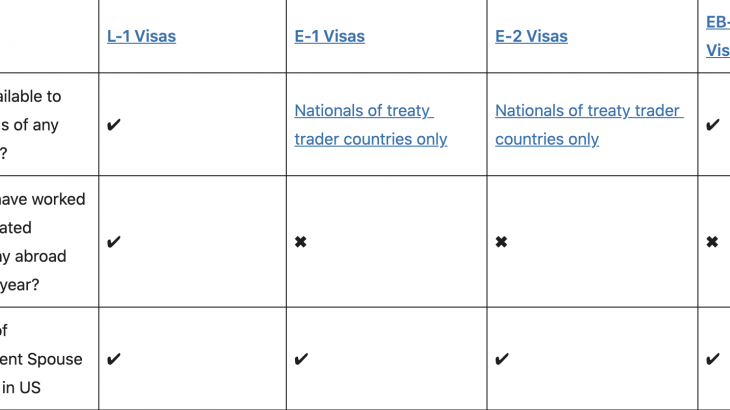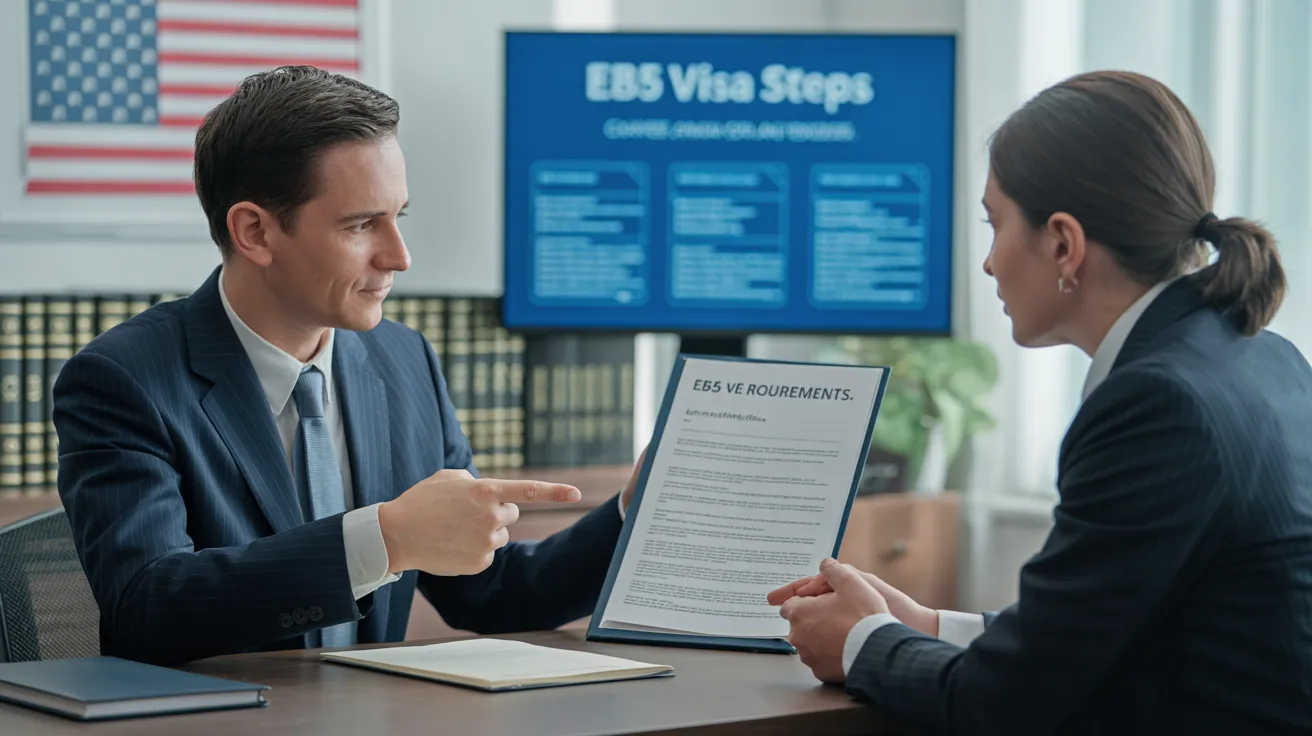The Best Guide To L1 Visa
Table of ContentsUnknown Facts About L1 VisaThe Only Guide to L1 VisaThe smart Trick of L1 Visa That Nobody is Talking AboutL1 Visa Fundamentals ExplainedThe Basic Principles Of L1 Visa What Does L1 Visa Mean?
Available from ProQuest Dissertations & Theses International; Social Scientific Research Premium Collection. (2074816399). (PDF). Congress. (PDF). DHS Workplace of the Inspector General. (PDF). (PDF). "Nonimmigrant Visa Statistics". Gotten 2023-03-26. Department of Homeland Protection Office of the Examiner General, "Testimonial of Vulnerabilities and Potential Abuses of the L-1 Visa Program," "A Mainframe-Size Visa Technicality".
United State Department of State. Obtained 2023-02-08. Tamen, Joan Fleischer (August 10, 2013).
4 Simple Techniques For L1 Visa
In order to be eligible for the L-1 visa, the foreign firm abroad where the Beneficiary was used and the U.S. business need to have a qualifying connection at the time of the transfer. The various kinds of qualifying relationships are: 1. Parent-Subsidiary: The Moms and dad indicates a company, company, or various other lawful entity which has subsidiaries that it has and controls."Subsidiary" means a company, firm, or other legal entity of which a parent owns, directly or indirectly, more than 50% of the entity, OR has less than 50% however has monitoring control of the entity.
Firm A has 100% of the shares of Firm B.Company A is the Parent and Business B is a subsidiary. There is a certifying relationship in between the 2 firms and Business B ought to be able to sponsor the Recipient.
Business A possesses 40% of Business B. The continuing to be 60% is had and controlled by Business C, which has no relation to Business A.Since Firm A and B do not have a parent-subsidiary relationship, Firm A can not sponsor the Recipient for L-1.
Company An owns 40% of Business B. The continuing to be 60% is possessed by Company C, which has no relation to Company A. Nevertheless, Firm A, by official agreement, controls and full handles Business B.Since Business An owns much less than 50% of Company B but handles and manages the firm, there is a certifying parent-subsidiary partnership and Company A can sponsor the Recipient for L-1.
L1 Visa Fundamentals Explained
Associate: An affiliate is 1 of 2 subsidiaries thar are both possessed and regulated by the very same moms and dad or individual, or had and controlled by the very same group of individuals, in essentially the same proportions. a. Example 1: Company A is integrated in Ghana and employs the Beneficiary. Business B is incorporated in the united state
Firm C, additionally integrated in Ghana, has 100% of Company A and 100% of Business B.Therefore, Business A and Company B explore your L1 Visa are "associates" or sister business and a certifying relationship exists in between the 2 firms. Business B must have the ability to fund the Beneficiary. b. Example 2: Firm A is incorporated in the united state
Company A is 60% possessed by Mrs. Smith, 20% possessed by Mr. Doe, and 20% possessed by Ms. Brown. Firm B is included in Colombia and presently utilizes the Recipient. Business B is 65% owned by Mrs. Smith, 15% owned by Mr. Doe, and 20% possessed by Ms. Brown. Business A and Firm B are affiliates and have a certifying relationship in 2 various ways: Mrs.
The L-1 visa is an employment-based visa group established by Congress in 1970, enabling international companies to move their supervisors, executives, or key personnel to their U.S. operations. It is generally described as the intracompany transferee visa. There are two major sorts of L-1 visas: L-1A and L-1B. These types appropriate for staff members worked with in different placements within a firm.

In addition, the beneficiary needs to have operated in a managerial, exec, or specialized employee placement for one year within the three years coming before the L-1A application in the international company. For new office applications, international employment needs to have remained in a managerial or executive ability if the recipient is pertaining to the United States to function as a manager or executive.
The Buzz on L1 Visa
/f/84976/1003x1003/0d3a5ff0ea/l1a-visa_-everything-you-should-know-index.png)
If provided for an U.S. business operational for even more than one year, the initial L-1B visa L1 Visa law firm is for approximately three years and can be expanded for an extra 2 years (L1 Visa). On the other hand, if the united state firm is freshly established or has been operational for less than one year, the first L-1B visa is issued for one year, with extensions readily available in two-year increments
The L-1 visa is an employment-based visa group established by Congress in 1970, permitting international companies to move their supervisors, execs, or crucial personnel to their U.S. procedures. It is frequently described as the intracompany transferee visa. There are two major kinds of L-1 visas: L-1A and L-1B. These types are appropriate for employees hired in different settings within a business.
L1 Visa for Beginners
Furthermore, the beneficiary needs to have operated in a managerial, exec, or specialized worker position for one year within the 3 years preceding the L-1A application in the international company. For brand-new workplace applications, foreign employment should have remained in a supervisory or executive ability if the beneficiary is pertaining to the USA to function as a manager or exec.
for as much as seven years to oversee the procedures of the united state associate as an exec or supervisor. If released for a united state firm that has actually been operational for greater than one year, the L-1A visa is at first approved for as much as three years and can be extended in two-year increments.
If granted for a united state company operational for greater than one year, the initial L-1B visa is for approximately 3 years and can be expanded for an added two years. Conversely, if the U.S. company is newly established or has actually been functional for much less than one year, the initial L-1B visa is released for one year, with extensions available in two-year increments.